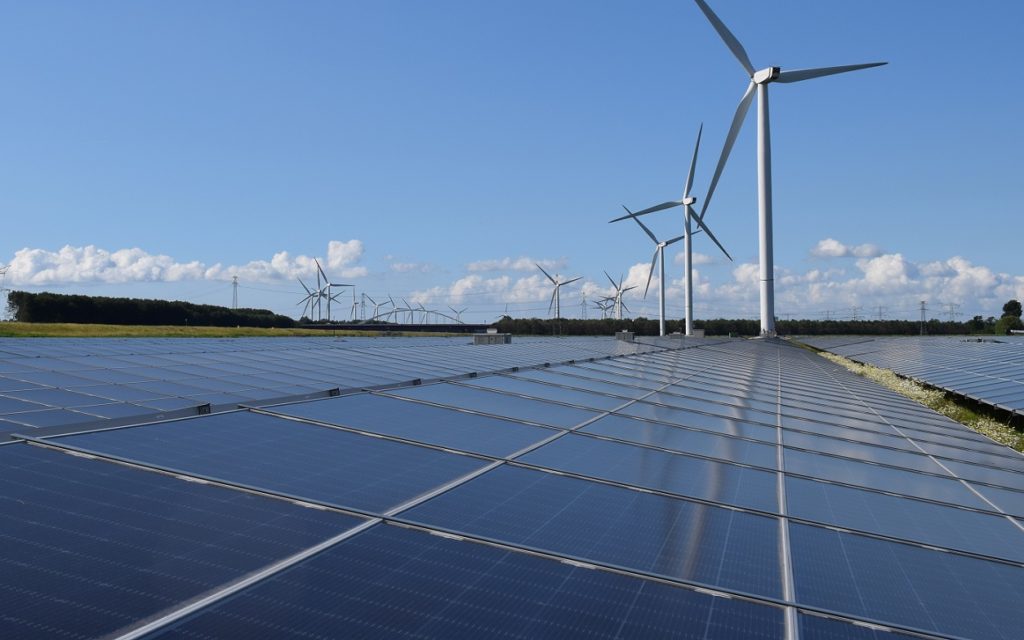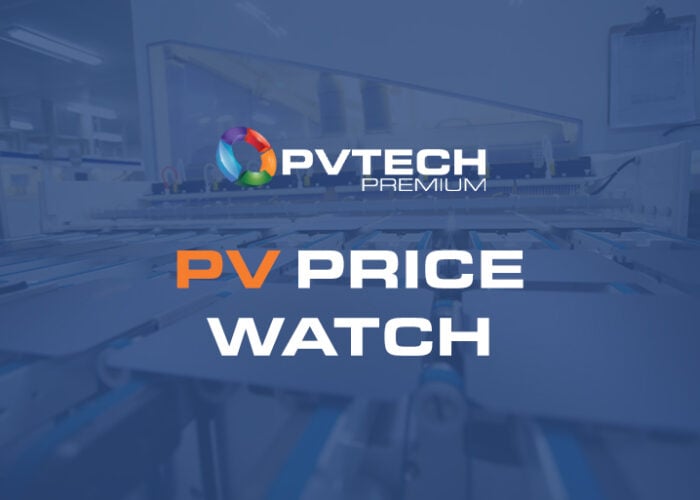
Solar and wind reached a 10.2% share of power generation in 2021, the first time the two technologies provided more than 10% of global power, according to new research from bp.
Some 132.8GW of solar was deployed globally last year, 53GW of which was in China, the energy major said in its latest Statistical Review of World Energy report.
Try Premium for just $1
- Full premium access for the first month at only $1
- Converts to an annual rate after 30 days unless cancelled
- Cancel anytime during the trial period
Premium Benefits
- Expert industry analysis and interviews
- Digital access to PV Tech Power journal
- Exclusive event discounts
Or get the full Premium subscription right away
Or continue reading this article for free
Renewable generation (excluding hydropower) was up by almost 17% globally in 2021 and accounted for over half of the increase in global power generation over the past two years.
BP’s chief economist, Spencer Dale, said the low-carbon energy sources, vectors and technologies needed to achieve a fast and deep decarbonisation exist today – wind and solar power, biofuels, blue and green hydrogen, carbon capture, use and storage (CCUS) and carbon dioxide removals. “The challenge is to apply them at unprecedented pace and scale,” he said.
Despite solar and wind generation reaching new heights, bp revealed that coal remained the dominant fuel for power generation in 2021, with its share increasing to 36%, up from 35.1% the year before.
Meanwhile, as economic activity recovered from COVID-19 lockdowns, carbon dioxide emissions from energy use jumped 5.7% in 2021.
Dale said in the report that while considerable progress has been made in sovereign pledges to achieve net zero, in global aggregate terms those growing ambitions have yet to translate into tangible progress on the ground, with carbon emissions rising every year since the Paris climate goals were agreed (other than in 2020 at the height of the COVID-19 pandemic).
“The world remains on an unsustainable path,” Dale said.
The report revealed that the US was second for solar deployment globally in 2021, adding 19.9GW of capacity, followed by India, which installed 10.3GW. There was just over 843GW of solar deployed globally at the end of the year.
Analysis published last year by research organisation BloombergNEF found that at least 455GW of new solar PV capacity will need to be installed annually by the end of this decade for the world to reach net zero status by 2050.






